|
By: Andrea Gaudet of the Half-Assed Hobbyist Originally posted on September 19, 2016 on the Half-Assed Hobbyist. This whole gardening year I have had high hopes that I would have enough tomatoes to make this savoury tomato jam. With the devastating falling over of my giant tomato plants, I thought for sure I would be waiting till next year to achieve this dream. But. My plants had other ideas. I managed to collect enough for two batches of a savoury tomato jam that was an office favourite at the test kitchen I worked for back in AB. Essentially its the most fancy ketchup analog you'll ever eat. I love it on toast, warmed up on sandwiches, or even by the spoonful. Haha. ;) Savoury Tomato Jam In order to can this recipe, I needed to add an acidifier. I chose vinegar so the result is a tangier jam than the original recipe. I would however keep this jam refrigerated and eat it within 2-3 months. More for quality than safety. Also. If you are planning to can this recipe, get your water bath canner sterilizing jars during the simmering stage of the jam. That way there is a smooth transition from cooking to canning. Makes ~2 cups (500 mL). 2 tbsp (30 mL) oil 1 cup (250 mL) white onion, chopped 1 tbsp (15 mL) minced garlic (2-4 cloves) 2 cups (500 mL) cherry tomatoes 1/2 cup (125 mL) chopped drained oil-packed dried tomatoes, patted dry 1/2 cup (125 mL) chopped drained canned roasted red peppers, patted dry 1/2 cup (125 mL) tomato juice 1/2 cup (125 mL) balsamic vinegar 1/2 cup (125 mL) white vinegar 2 tbsp (30 mL) fancy molasses 1/4 cup (60 mL) chopped fresh parsley 2 tsp (10 mL) fresh thyme leaves, chopped 1/2 tsp (2.5 mL) salt 1/4 tsp (1 mL) pepper Directions
Keep in mind! This recipe is not shelf stable. (Well. It may be that it's shelf stable but as I have not tested it long term I don't recommend that it sits out.) Instead, keep it in you fridge and eat it before 2-3 months. Also. **If the lid did not seal do not fret! The jam is still good to eat! It just needs to be eaten first and within 2-3 days. Andrea Gaudet
Andrea Gaudet is an Ottawa-based PHEc passionate about nutrition education and recipe development. Check out her blog at www.thehalfassedhobbyist.com for her services and a glimpse into her many hobbies.
0 Comments
Your comment will be posted after it is approved.
Leave a Reply. |
The Ontario Home Economics Association, a self-regulating body of professional Home Economists, promotes high professional standards among its members so that they may assist families and individuals to achieve and maintain a desirable quality of life. Categories
All
Archives
April 2024
|
|
Subscribe to our mailing list
|
|
Unsubscribe from our mailing list
|
Copyright © 2023 Ontario Home Economics Association (OHEA). All Rights Reserved.

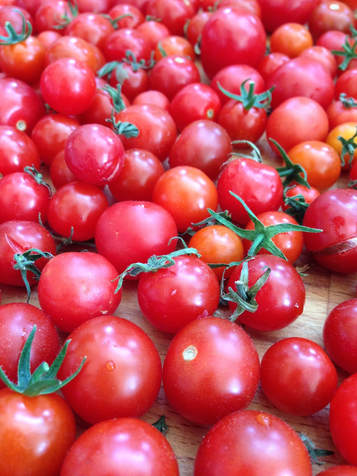
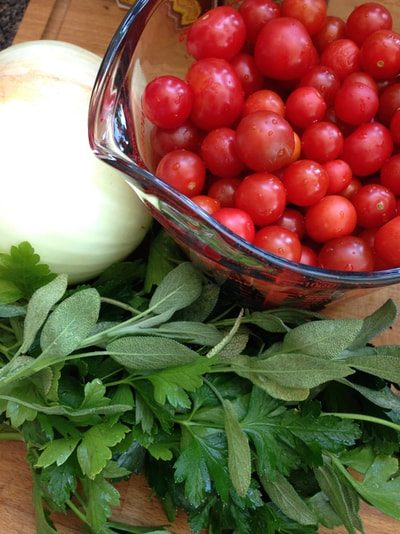
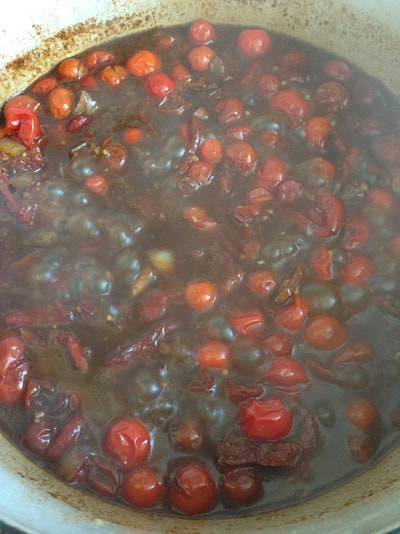
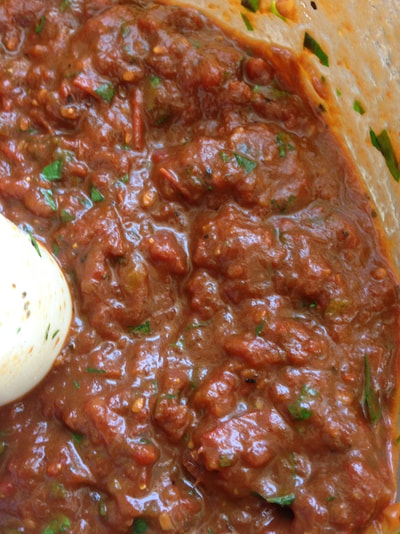
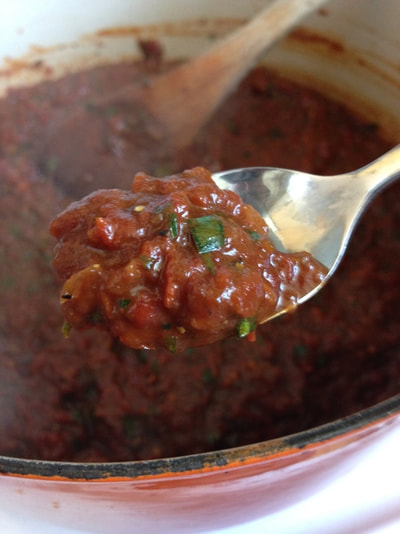

 RSS Feed
RSS Feed